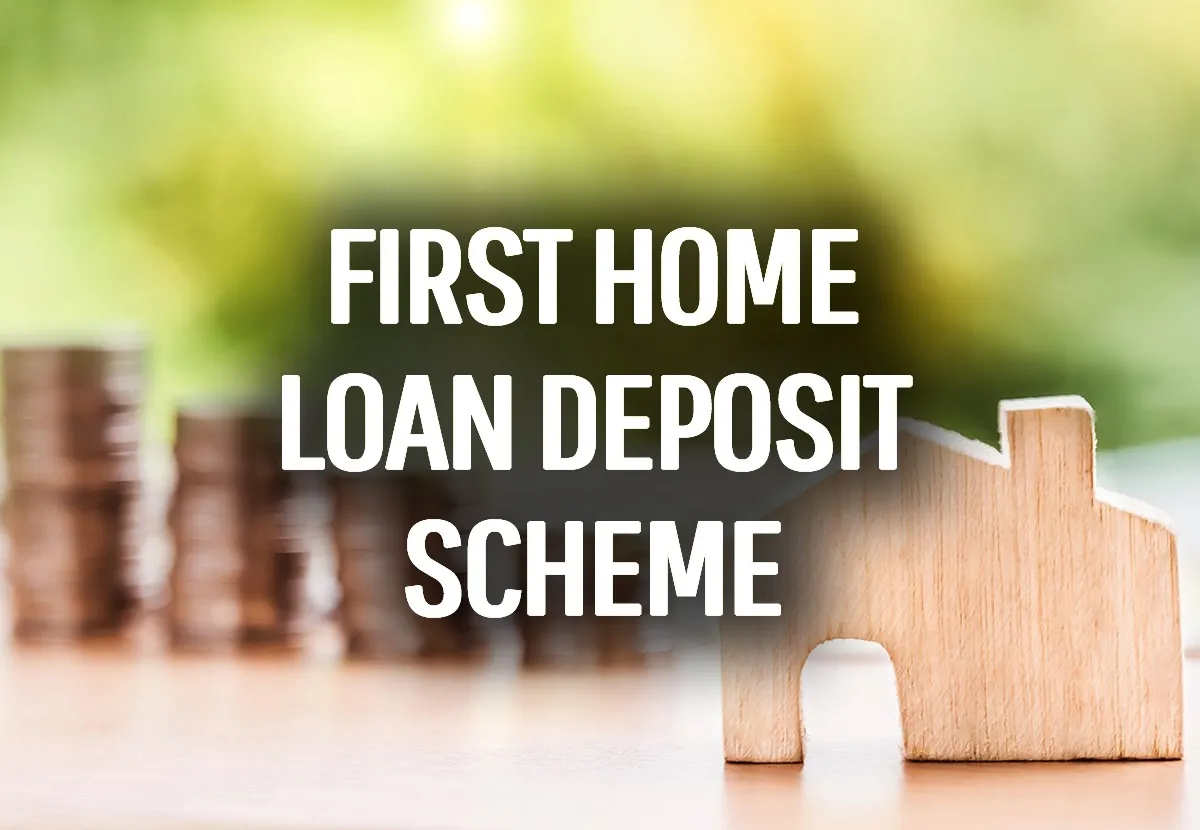
Ever dreamed of stepping into the world of real estate investment in Australia, where each property holds the promise of […]

Buying your first home is a big decision and a major milestone. Getting into the property market can seem scary and stressful, especially if your savings for a big deposit fall short.
But what if there was a less costly quicker path to property ownership? That’s exactly what the First Home Loan Deposit Scheme provides.
Discover what this plan entails, how it operates, who it helps, and other important information for anyone considering to apply.
If your mind is full of dreams of a snug apartment, roomy townhome, or a fresh house and land deal, the First Home Loan Deposit Scheme could make these dreams true. Continue reading for further details.
The First Home Loan Deposit Scheme (FHLDS) is a government plan.
The program enables first-time homeowners to purchase real estate with a minimal 5% down payment. Usually, for loans with under 20% deposit, lenders’ mortgage insurance (LMI) is required.
You can avoid paying LMI under this scheme. Simply put, LMI is a security measure for loan providers against borrowers’ inability to repay. This insurance can rack up thousands in costs, adding to the initial expenses of home acquisition.
The FHLDS operates by pledging assurance to the loan provider for 15% of the total loan worth, essentially working like a backer for the loan seeker.
It implies that the loan seeker can get the same interest rate and loan conditions as a person who has made a 20% deposit, however, without the hefty initial expense. The pledge is not a money deposit or a grant, and the loan seeker is still responsible for paying back the entire loan amount.
The program offers up to 10,000 spots each fiscal year and has specific rules to qualify. These rules include income limits, cap on property value, and demands for primary residence.
The scheme also supports different types of properties, such as existing houses, townhouses, apartments, house and land packages, land, and separate contracts to build a home and off-plan properties.
The FHLDS can be used with other government programs, such as the First Home Super Saver Scheme, HomeBuilder grant, or state and territory first homeowner grants and stamp duty concessions.
Data recently revealed by the ABS shows that in March 2023, first home buyer loans hit a total of $14.35 billion. Almost one-third, or 29.8%, of folks getting a loan for a home, were buying one for the first time. That’s more than the typical 25% we’ve seen over the last ten years.
Most first home buyers preferred houses (70%) to apartments (16%), and one in eight buyers searched interstate. There was also a 6% increase in recent first home buyers, where the main reference person for the household was aged under 35 (61%), compared to 2017–18 (55%).
The First Home Loan Deposit Scheme (FHLDS) is an option for individuals looking to buy homes. It caters to those with an income and a positive credit history who may not have saved enough for a 20% deposit.
However, there are factors to consider before applying for this scheme. Initially, it is crucial to determine if you meet the eligibility criteria. These include:
The first home buyers’ scheme has numerous benefits and several drawbacks. In this section, we’ll focus on them.
Benefits:
Risks:
The First Home Loan Deposit Scheme is a government initiative that aims to help eligible first-home buyers purchase their first home sooner with a lower deposit and without paying the lender’s mortgage insurance.
The scheme has benefits and risks for the borrowers, the lenders, and the government. The scheme is not a substitute for saving a larger deposit or choosing a suitable property and loan. The scheme is one of the options that first-time home buyers can consider when planning to buy their first home.
Leave a Reply